

Module 3: Move
Aotearoa has so many incredible electricity sources – from the towering turbines of the Tararuas to the flowing wai at Manapōuri hydrostation. But once it’s generated, how does it get to where it needs to go?
In this module, you’ll learn all about electricity’s journey through Aotearoa’s special power system, the National Grid. Then, it’s time to create some electricity magic and make a wind turbine!
Move
Remember the three steps in the great journey of electricity? Move is step number two.
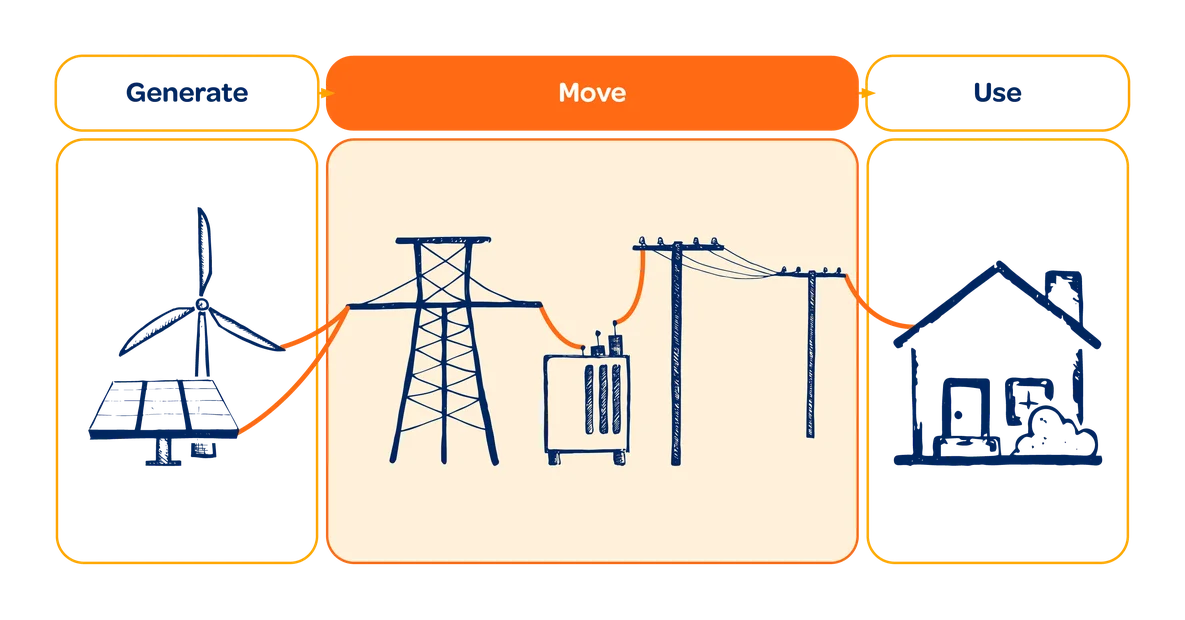
Now that we’ve generated electricity, we need to move it all over the country so it can reach our communities.
In Aotearoa, we rely on a special power system to connect generated electricity, to the communities that use it. It’s called, the National Grid.
Gene's back to give us the lowdown:
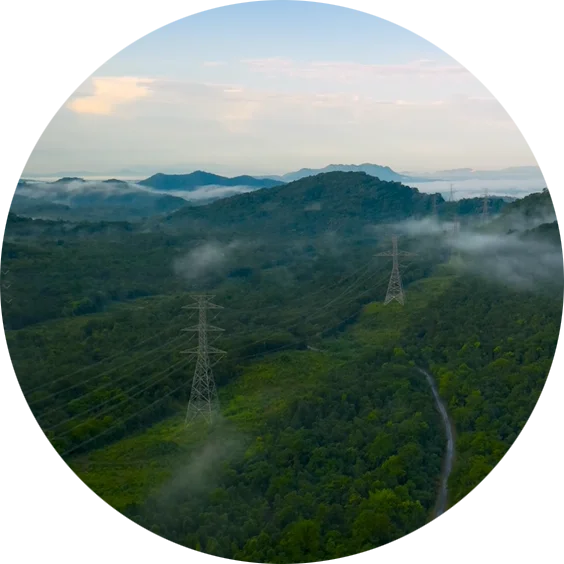
Great grid race
Was your tīma (team) listening closely to the steps in electricity’s journey?
It’s time to put your knowledge to the test and compete in the great grid race. Collaborate with your tīma (team) to piece together how electricity travels from the mighty winds of the Tararua Ranges, to the toaster in your whare (house).
Collect some clues before you start the race by checking out the journey of electricity poster.
Activity 3.1: Great grid race
Can your tīma (team) arrange electricity’s journey in the right order, speedier than the rest? Game on.
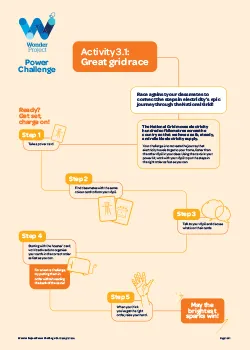
Create
To get connected to the national grid, you’ll need to continue with the engineering design process. Tīma (teams), get ready to bring your designs to life and create a wind turbine prototype!
What’s a prototype?
A prototype is a simple model that lets you test out an idea. Just like an engineer, you can use your prototype to test how your turbine will work and then make changes to improve it.
Gene’s back to give you a rundown on how to get started:
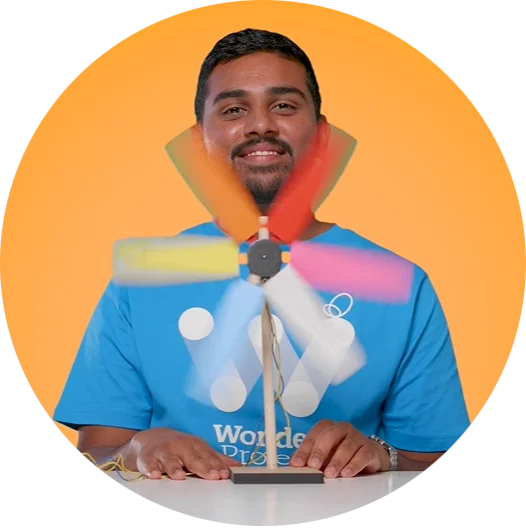
Activity 3.2: Create
It's time to build your wind turbine! Collect your materials and follow the instructions to bring your design to life.
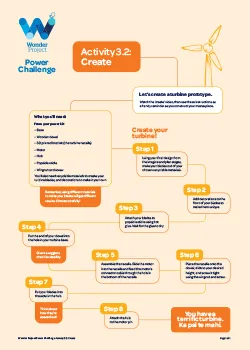
Test
Now that you’ve created your masterpieces, it’s time to test. This step of the engineering design process will show you whether your turbine design works, and if there are any ways it could be improved.
Engineers often test and improve and then test and improve again before settling on a final design. This helps them create the best solution possible.
Time to test
To make sure your prototype is fit to power a town, you’re going to perform two tests.
- A functionality test to make sure the turbine spins, and that the blades are balanced and secure.
- Then, you’ll power up your prototype by connecting it to a printed circuit board, and testing it against a fan to see how many lights you can turn on.
Remember – you can’t get out more energy than you are putting in. This means, the more efficiently your turbine works, the more lights switch on.
You’re going to observe and record what happens during testing to form a set of data on your prototype’s performance.
In the next module, you’ll use this data to figure out how to make your prototype work harder and spin faster!
Activity 3.3: Time to test
Perform two tests on your turbine to determine whether it’s ready to brave the winds and power up your town.
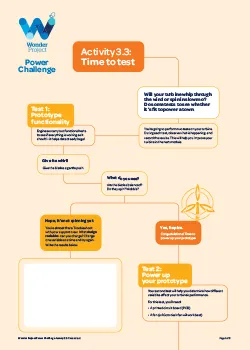
Post-challenge survey
Nice work tīma (team) – you’re almost at the end of the Power Challenge!
Make sure that after you’ve finished the challenge, you complete our post-challenge survey. You can tell us all the good bits, the bad bits and what you think could be better for next time. And if everyone completes the survey, your kura (school) will go in the draw to win a prize!
Reminder!
Make sure you find a light source to use in the next module – this could be a desk lamp, or a strong torch.
Tools down!
Mīharo. Today you:
- Discovered Aotearoa’s National Power Grid
- Competed in the great grid race
- Continued the engineering design process
- Created your turbine prototype
- Tested your turbine prototype